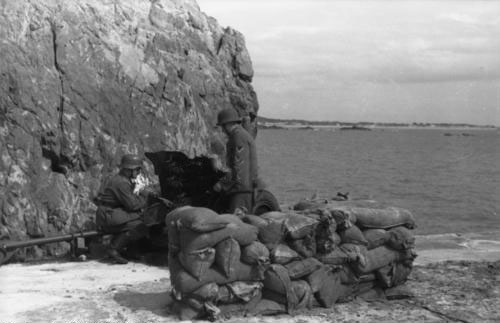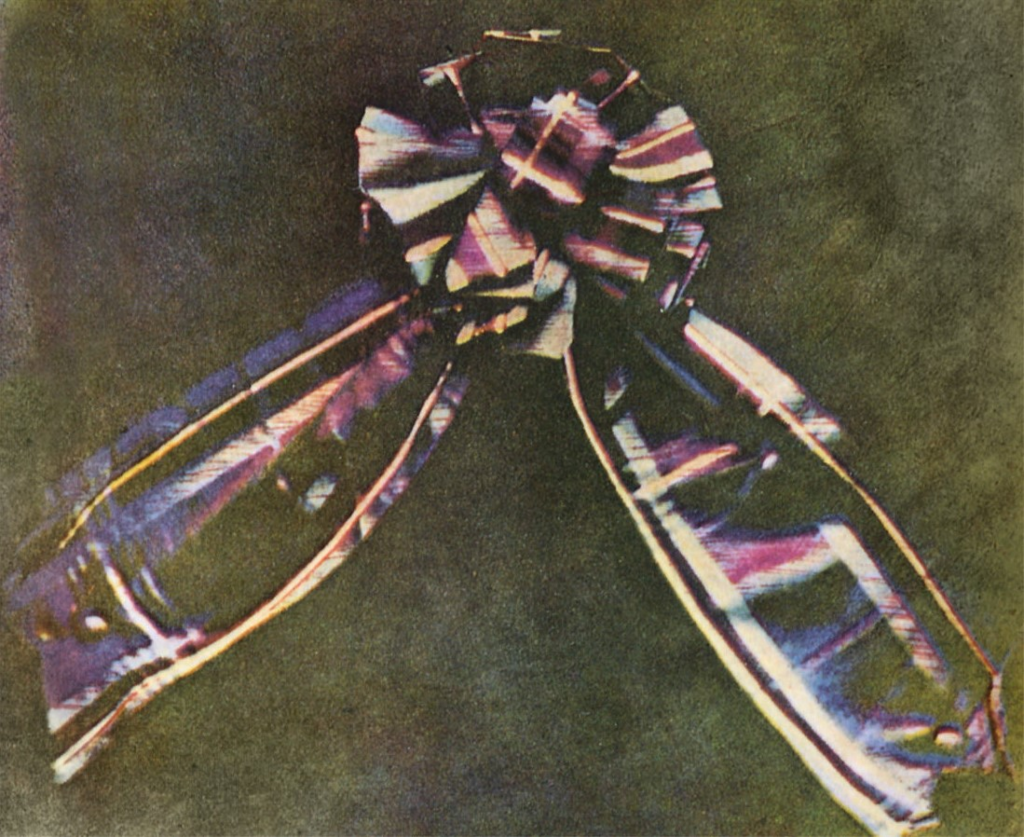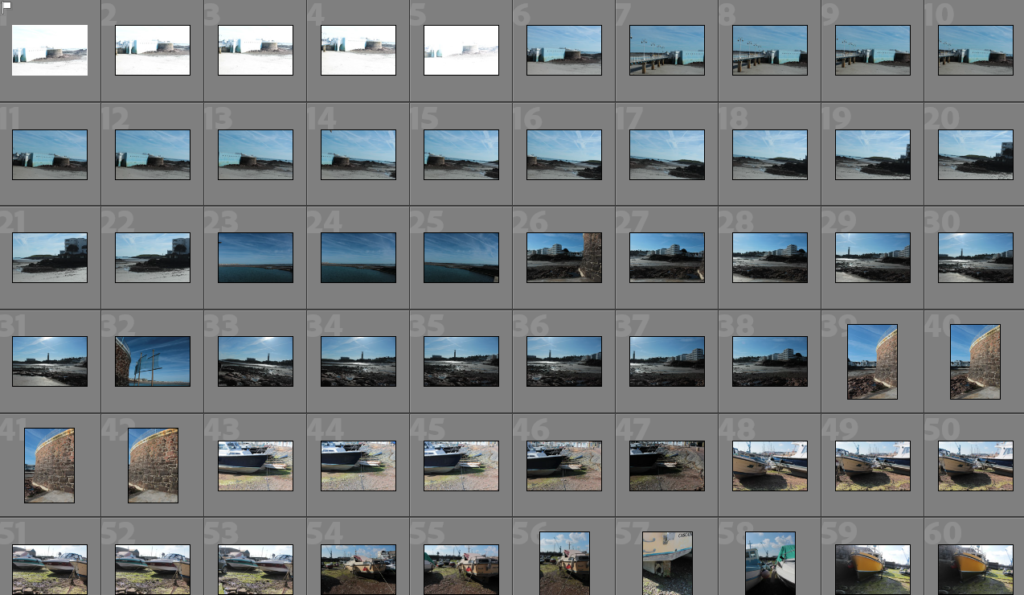Artist Study 1:
Local Jersey Photographer – Albert Smith
Photographing areas of Jersey, such as Town, Havre de Pas, and other coastal areas, Albert Smiths work is known for his portrait and landscape work of Jersey in the past. Capturing much of Jerseys iconic landscapes I will take inspiration from his photos with my work. Although not doing it intentionally. through his casual photography, Albert Smith captured much of Jerseys past historical topography.
Smiths topographic images:
Connection to Anthropocene –
With a vast collection of images of Jersey Landscapes, this provides a well documented topography that we can use to compare to those same locations in the modern day. Such as in the images above, we can see how much the coastal areas have changed, With Havre Des Pas for example, we can see that since his time period the development of La Collette behind it hadn’t occurred. With the images of recognisable areas such as the harbour and Gorey, Smiths photography shows what would local landmarks would have appeared in his time, and for future viewers of his work, how much they have altered to what we recognise them as today. His work can really show the human impact we have had to this Island with its numerous mass developments and changes to recognisable scenery through urbanisation and societal influences such as architecture.
Why I chose his work –
The reason why I chose Albert Smiths work was I thought it was a very interesting documentation of Jersey through a historical lens. Taken almost purposely to conceptually make a stamp of the areas old appearance, we as an audience to his collections from many years after his lifetime in the 19th-20th century can see how the effects of Anthropocene are thought about when viewing his photography. Comparison pictures of now to the locations are unneeded due to their recognisability but the uncanny nature of how much the environment within the pictures have changed, for me, really help make his work stand out as apart of the Anthropocene genre.
How I will apply it to my work –
For my photoshoots, I have created plans that will feature in the next blog post that will incorporate Alberts Smiths style of documentative purpose, with also his style of photographing the shifts in topography of Jersey’s well known locations.
Image Analysis –
Artist Study 2:
Pioneering Photographer – Thomas Sutton
Thomas Sutton, known locally for his importance to bringing photography to Jersey but also his wider significance to the history of photography. Owning a photography studio from 1848 to 1854 in St Brelades he also worked at a printing establishment in Jersey for the famous photography Frenchman L.D. Blanquart-Evrard in the 1850s which was advertised as being patronised by, H R H Prince Albert who was keen to photography and had a collection himself.
Suttons work has recognition for his early experiments with the patenting of a panoramic lens as well as being the photographer for James Clerk Maxwell’s pioneering 1891 demonstration of colour photography.
Suttons local recognitions can be seen with him being the first to produce a photographic publication of the Island named – “Souvenir de Jersey” in 1854.
Suttons topographic Images:
Connection to Anthropocene –
As seen in the images above, Suttons photography was primarily landscapes. like Smith his work focused heavily on capturing well-known areas such as Gorey pier, however this is not the only connection to Anthropocene that can be made when looking at his work. With many Images of the coastal and rock formations of Jerseys surrounding coastline, it can be said to capture the effects of geology under the theme of Anthropocene. With rocks in the past for example being mined for silver in the parish of Grouville and granite rocks being mined in areas to create the Martello towers for example we can see how areas over time become altered through human input to them such as with these coastal areas. With his invention of a panoramic lens, this could be said that this came out of wanting to explore further with landscape photography, capturing more within a frame and therefore the documentation of landscapes that could be used in a later time to show the effects of Anthropocene.
Why I chose his work –
Due to his notability within the History of Photography, and in recognition of his work done locally within the barriers of what can be applied to the theme of Anthropocene, I chose Sutton, as my overall idea for this project is to recreate positioned photographs of past historical photography of our Island to show how much has changed over time between century’s.
How I will apply it to my work –
With his conceptual basis in mind, I will capture areas that will most likely face or already have been subjected to a change over time from how they originally appeared in photographs of the past.
Image Analysis –
Avant Grande –
For editing the historical images onto their modern counterparts, I can take inspiration from Avant-Grande, specifically the soviet aesthetic choice that originated from propaganda posters. With their rustic, cut-out design I will edit in this way.
Used to entice the soviet people with their flashy and modern look, the moved away from classical forms of art to emerge to a new wave of art, very much on theme with the origins and values of the USSR who moved away from an old classical form of ruling a country (Monarchy) and modernised into becoming something far from its origins, One-party state that didn’t rely on parliament but controlled everything within the country.
Inspiration pictures –
War collages –
Used, abstractly, to show the cruelties of war, colleges can show a collect summary to the opposition of war and its effects on not just the soldiers who fight in them but who gets caught in the crossfire, the damage to environment, the neglectful responsibility of those in charge and much more.
It can be said that these images, put together are a good way of showing the ridiculousness of war in its purposes to create ‘peace’.
Artists such as Martha Rosler show the effects of war on the home life of people effected in a different way. With the ‘Truth lying behind a curtain’ the effects of war at home can be shown as a visual metaphor for what actually goes behind the ideas of war that is often left out when teaching about conflicts.
With this in mind, I can use this both visually and conceptually to show the effects of war on the channel islands and specifically the areas occupied in the past to show the overall effect it has had on the islands Anthropocene.















































































